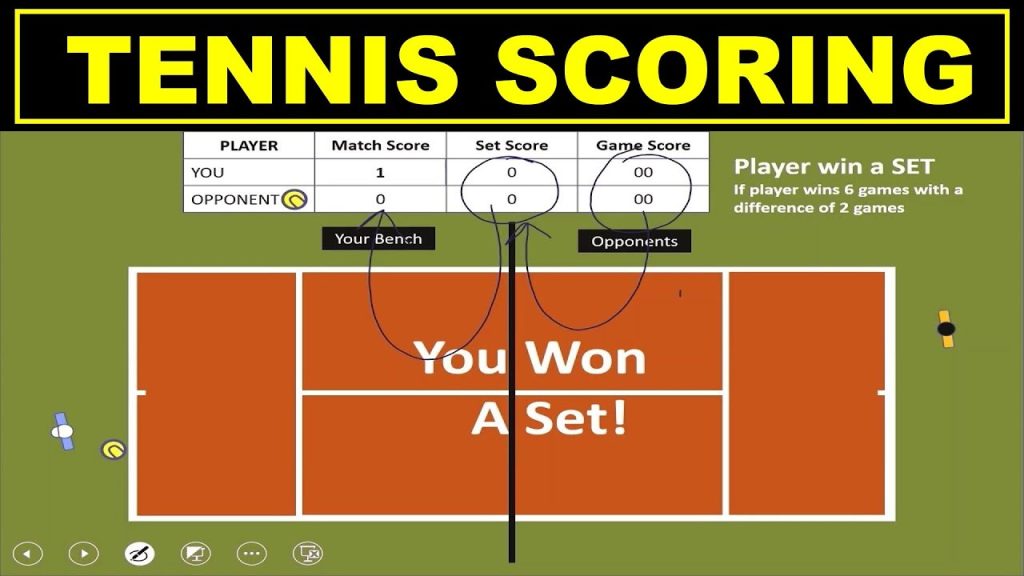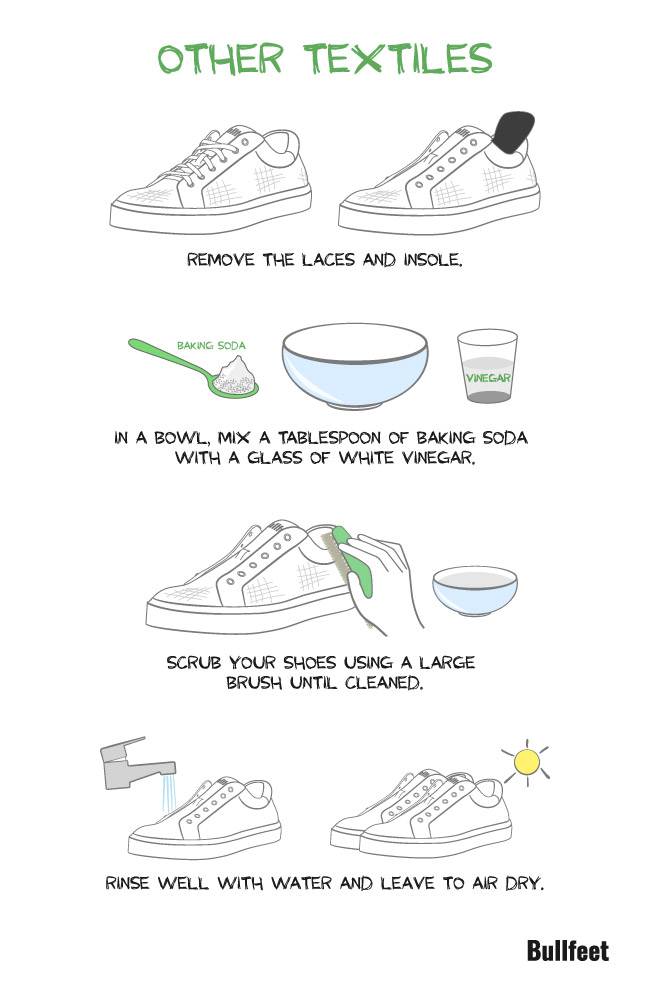Scoring in tennis can seem complex at first. But it’s easier than it looks.
In tennis, each match consists of points, games, and sets. Players need to win points to win games, and win games to win sets. Understanding how these elements work together is key to grasping the scoring system. This guide will break down the tennis scoring process, making it simple and clear.
Whether you’re a new player or just a fan, knowing how to score will enhance your enjoyment of the game. So, let’s dive into the world of tennis scoring and make sense of it all.

Credit: www.youtube.com
Introduction To Tennis Scoring
Tennis scoring can seem complicated at first. Yet, once you understand the basics, it becomes much clearer. This guide will break down the scoring system for you. Let’s start with an introduction to tennis scoring.
The Game Structure
Tennis matches are divided into sets. Each set consists of games. To win a set, a player must win at least six games. However, they must win by a margin of two games. If the score reaches 6-6, a tiebreaker game decides the winner of the set.
Point System Overview
Points in tennis follow a unique sequence. The first point is 15, the second is 30, and the third is 40. Winning the fourth point wins the game, but only if the player has a two-point lead. If both players have 40 points, it’s called “deuce.” From deuce, a player must win two consecutive points to win the game.
Tennis Court Layout
Understanding the layout of a tennis court is essential for scoring. The court has specific dimensions and lines that define the playing area. Knowing these will help you play better and follow the rules.
Dimensions And Lines
A tennis court is a rectangle. It measures 78 feet long and 27 feet wide for singles matches. For doubles matches, the width increases to 36 feet.
Here is a table to illustrate:
| Match Type | Length | Width |
|---|---|---|
| Singles | 78 feet | 27 feet |
| Doubles | 78 feet | 36 feet |
The court is divided by a net that stands 3 feet high in the center. The baseline marks the farthest end of the court. The sidelines run along the length of the court. The center mark divides the baseline into two halves.
Service Boxes
The service boxes are crucial for serving. They are located on both sides of the net. Each service box is divided by the center service line. This line runs parallel to the sidelines.
Here are the key lines related to service boxes:
- Baseline: The line at the end of the court.
- Center Service Line: Divides the service boxes.
- Service Line: Runs parallel to the net.
Each player must serve the ball into the opposite service box. For example, if you stand on the right side, you must serve into the left service box on the opponent’s side.
Below is a simple illustration:
|---------------------------| | | | Service Box | | | |------------Net------------| | | | Service Box | | | |---------------------------|
Understanding the court layout helps in placing your shots and serves accurately. It also helps in avoiding faults.
Starting A Match
Starting a tennis match can seem complex. Understanding the basics helps. This section covers essential elements to get you started.
The Coin Toss
Every match begins with a coin toss. The winner chooses to serve or receive first. They can also pick which side of the court to start on. This decision impacts the game’s start.
Serving And Receiving
The player who serves stands behind the baseline. They hit the ball over the net to the opponent’s service box. The serve must be diagonal. If it lands outside the box, it’s a fault.
The receiver waits for the serve. They stand opposite the server, inside the baseline. Their goal is to return the ball into the server’s court. The rally continues until one player misses.
Players switch roles after each game. This keeps the match fair. Understanding serving and receiving is key to starting a match well.

Credit: www.shopdoubletake.com
Serving Rules
Understanding the serving rules in tennis is crucial for both beginners and seasoned players. Knowing the rules ensures fair play and helps you score effectively. This section will guide you through the essentials of serving, including the first and second serves, as well as faults and double faults.
First And Second Serves
In tennis, each player gets two serves. The first serve is usually more powerful. Players aim to hit the ball with speed and precision. If the first serve fails, the player gets a second serve. This is often more controlled to avoid a fault.
First serve:
- Hit the ball with maximum power.
- Aim for the service box diagonally opposite.
- Focus more on accuracy.
- Avoid hitting the net or landing outside the box.
Faults And Double Faults
A fault occurs when the serve lands outside the correct service box. Another fault happens if the ball hits the net and does not go over. If a player commits two faults in a row, it’s called a double fault. This results in the loss of a point.
Types of faults:
- Foot fault: The server steps on or over the baseline before hitting the ball.
- Net fault: The ball hits the net and fails to go over.
- Out fault: The ball lands outside the service box.
- Two consecutive faults.
- Leads to loss of a point.
By mastering these serving rules, you can improve your game and score more points. Practice your serves regularly to enhance your technique and reduce faults.
Winning Points
Understanding how to win points is crucial in tennis. Points are the building blocks of every game, set, and match. Knowing the strategies to win points can significantly enhance your performance on the court.
Rallies And Shot Placement
Rallies involve hitting the ball back and forth over the net. The goal is to outlast your opponent. To achieve this, focus on your shot placement. Place your shots in areas that are hard for your opponent to reach.
Consider the following strategies:
- Hit deep into the corners.
- Mix up your shots to keep your opponent guessing.
- Use drop shots to force your opponent to the net.
Forced And Unforced Errors
Understanding the difference between forced and unforced errors can help you win more points. A forced error occurs when your opponent makes a mistake because of your good shot. An unforced error happens when your opponent makes a mistake without any pressure.
Minimize your own unforced errors to keep the advantage. Focus on consistency rather than power. Forced errors can be increased by:
- Hitting with more spin.
- Placing the ball at your opponent’s weaknesses.
- Varying your shot speed and direction.
Scoring A Game
Understanding how to score in tennis can seem challenging at first. The game uses unique terms and rules. But once you grasp the basics, it becomes second nature. Let’s break it down step by step.
Love To Deuce
Tennis starts at “love,” meaning zero. The first point won is “15.” The second point is “30.” The third point is “40.” If both players reach 40, it’s called “deuce.” This means the score is tied.
At deuce, a player must win two consecutive points to win the game. The first point after deuce is crucial. It sets the stage for the next step in scoring.
Advantage And Game Point
After deuce, the next point is called “advantage.” If you score, you have the “advantage.” If the opponent scores, they have the “advantage.” If you win the next point after your advantage, you win the game.
If you lose the point at advantage, the score returns to deuce. This continues until one player wins two points in a row. The game point is the last point needed to win the game. Scoring in tennis can be thrilling and strategic. Each point matters.
Set And Match Scoring
Understanding set and match scoring in tennis is essential for both players and fans. This system determines how matches are structured and how winners are decided. Let’s break down the details of set and match scoring.
Winning A Set
A set in tennis is won by the first player or team to win six games. They must also have a lead of at least two games. For example, a player winning 6-4 has won the set. If both players reach six games, the set continues until one has a two-game lead. This could result in scores like 7-5 or 8-6.
Tiebreaker Rules
If the set reaches 6-6, a tiebreaker game is played. The first player to reach seven points wins the tiebreaker. They must lead by at least two points. The points are counted as 1, 2, 3, and so on. The serve alternates every two points.
The tiebreaker ensures a clear winner for the set. It prevents the set from continuing indefinitely. Understanding these rules is key for enjoying and playing tennis effectively.
Strategies For Scoring
Strategies for Scoring in tennis are essential for improving your game. Knowing when to be aggressive or defensive can make a big difference. Below are some effective strategies to help you score more points on the court.
Aggressive Play
Being aggressive puts pressure on your opponent. It can force them to make mistakes. Use the following tactics to be more aggressive:
- Serve and Volley: Serve hard and follow it to the net. This tactic can catch your opponent off guard.
- Hit Deep: Aim your shots deep into the court. This limits your opponent’s options.
- Take the Ball Early: Hit the ball on the rise. This gives your opponent less time to react.
Defensive Techniques
Defensive techniques are just as important as aggressive play. They help you stay in the game longer and wear down your opponent. Use these strategies:
- Consistent Returns: Focus on getting the ball back into play. Make your opponent hit one more shot.
- Use Slices: Slicing the ball can throw off your opponent’s rhythm. It can also force them to hit up, giving you an easier shot.
- Move Your Opponent: Hit the ball to different parts of the court. Make your opponent run. This tires them out and creates openings for you.
By combining aggressive play with solid defensive techniques, you can improve your scoring ability in tennis. Practice these strategies to see better results on the court.
Common Mistakes
Tennis is a game of precision and skill. But even seasoned players can make mistakes. Understanding these common mistakes helps you improve your game. Below are some of the frequent errors to watch for:
Foot Faults
Foot faults occur when a player steps on or over the baseline before hitting the serve. This is a common mistake, especially for beginners.
- Always be aware of your positioning.
- Practice serving to avoid crossing the line.
- Watch professional matches to see how experts avoid foot faults.
Incorrect foot placement leads to penalties. This can cost you points in crucial moments.
Incorrect Calls
Making the wrong call is another frequent mistake. Players often call a ball out when it’s in, or vice versa.
- Always pay close attention to the ball’s landing spot.
- Consider using line judges or technology for important matches.
- Practice with friends and review close calls together.
Incorrect calls create disputes and disrupt the game. Being fair and accurate ensures a smooth match.
Practice Tips
Practicing regularly can significantly improve your tennis skills. Focus on key areas like drills, serve accuracy, and basic techniques. Below are some practice tips to help you score better in tennis.
Drills For Beginners
For beginners, drills are essential to develop basic skills. Here are some simple yet effective drills:
- Shadow Swing: Practice your swing without a ball. Focus on form and movement.
- Wall Rally: Hit the ball against a wall. Aim for consistent bounces.
- Target Practice: Place targets on the court. Try to hit them with your shots.
Consistency is key. Repeat these drills daily for the best results.
Improving Serve Accuracy
A good serve can give you a significant advantage. Here are some tips to improve your serve accuracy:
- Focus on Toss: A consistent toss leads to a better serve. Keep your toss high and straight.
- Use Targets: Place cones or markers on the court. Aim for them while serving.
- Record Your Serve: Use a camera to record your serves. Review the footage to spot areas of improvement.
Remember, practice makes perfect. Keep working on your serve, and you will see improvement.

Credit: forestcrest.org
Frequently Asked Questions
What Are The Basic Rules Of Tennis Scoring?
Tennis scoring starts at 0 (love) and goes 15, 30, 40, then game. Six games win a set.
How Does A Tiebreaker Work In Tennis?
A tiebreaker occurs when the game score is 6-6. Players compete to reach 7 points first.
What Does “deuce” Mean In Tennis Scoring?
“Deuce” means both players have 40 points. A player must win by two consecutive points.
How Many Sets Are In A Tennis Match?
Men’s matches are best of five sets. Women’s matches are best of three sets.
Conclusion
Scoring in tennis might seem complex, but it’s easy with practice. Learn the basics first. Understand the points system and how games, sets, and matches work. Practice regularly to improve your skills. Watch matches to see scoring in action. Soon, you’ll score confidently and enjoy the game more.
Remember, tennis is fun and challenging. Keep playing and learning. Happy playing!



